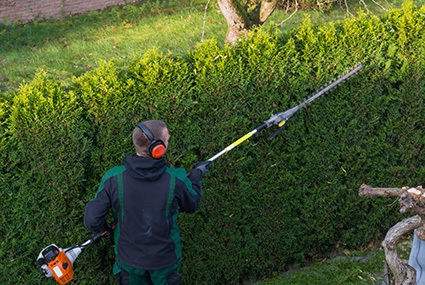Conifers are beautiful trees that are commonly found in UK gardens. If well-tendered and well-cared for, these cone-bearing trees with scale-like or needle-like leaves can dramatically increase the appeal of the garden. Apart from that, they can improve the air quality in your home to a great extent. But that is not all, conifers can be harvested for timber, which can be used in a variety of applications including construction, furniture making, boat or shipbuilding and more.
What time of year should you cut conifers?
Trimming and pruning enhance tree growth, improve tree structure, promote safety as well as aesthetics. But one thing you need to keep in mind is that conifers need to be trimmed or pruned only at certain times of the year and not just any other time you feel like.
Conifers should be cut only twice a year at different times. For example, pruning should be done in late winter or early spring when the trees are dormant whereas trimming should be performed in late summer or early autumn when conifers have shed their needles.
Since conifers are dormant from winter up until early spring, cutting(pruning) your conifers at this time ensures less damage to your trees. Just like human beings, conifers will sustain a wound when cut through pruning, and just like our wounds, their wounds are susceptible to bacteria. If they are affected by bacteria, your conifers will eventually get destroyed.
Trees generally heal faster from pruning-related wounds during their dormancy period. This is because there is no interference from pathogens and destructive insects that come with the warmer weather.

Why is late summer or autumn the ideal time to trim your conifers?
To answer this question, it is important to understand first, the primary purpose of trimming. Many tree owners perform trimming mainly for aesthetic purposes, even though this tree maintenance procedure also supplies a number of pruning-related benefits. Winter or early spring would be the best times to trim conifers if it were not for the fact that these cone-shaped trees only shed their needles during late summer or early autumn. In winter or spring, their needles are fully intact, which makes it harder to evaluate their structure and trim successfully during these times of the year compared to doing so during the warmer seasons.

